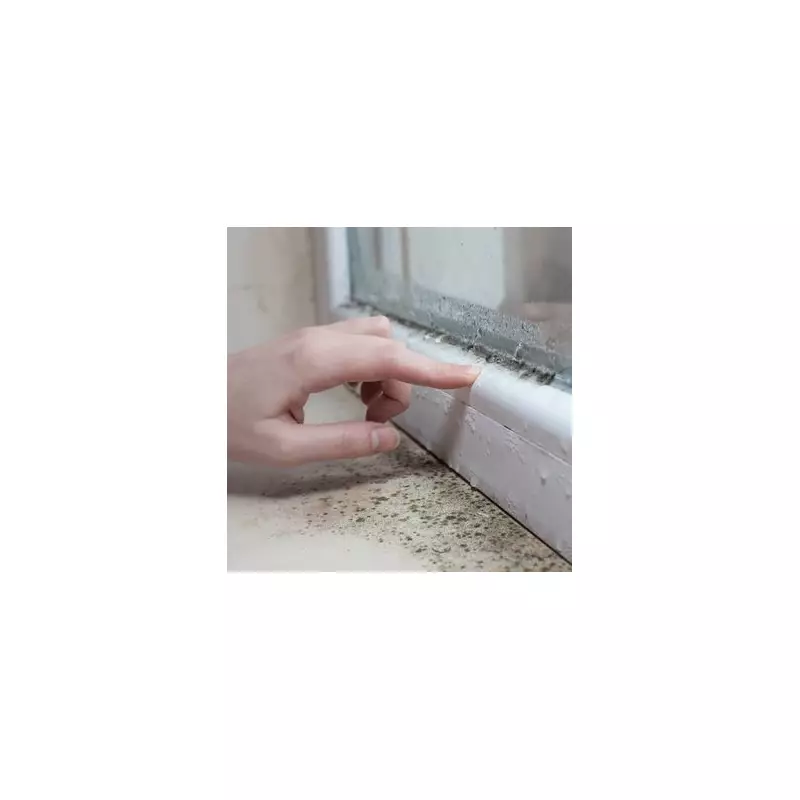
As temperatures plummet across Britain, millions of homeowners are facing the familiar battle against condensation. Those pesky water droplets on windows aren't just annoying - they can lead to serious mould problems and health issues if left unchecked.
Condensation occurs when warm, moist air meets cold surfaces, and during winter months, our homes become perfect breeding grounds for this damp dilemma. But fear not - with some simple changes, you can win the war against moisture.
Why Condensation is More Than Just an Annoyance
That mist on your windows might seem harmless, but it's the first sign of potential trouble. Persistent condensation can lead to black mould, which not only damages your property but poses serious health risks, particularly for those with respiratory conditions like asthma.
10 Professional Strategies to Keep Your Home Dry
- Ventilate, ventilate, ventilate: Open windows for just 15-20 minutes daily, even in colder weather. This simple act replaces stagnant, moist air with fresh, dry air without significantly cooling your rooms.
- Cook with lids on pans: Cooking generates enormous amounts of moisture. Using lids contains steam and dramatically reduces humidity levels in your kitchen.
- Close kitchen and bathroom doors: When cooking or showering, keep doors closed to prevent moisture spreading throughout your home.
- Use extractor fans properly: Don't turn them off immediately after cooking or showering. Let them run for at least 15-20 minutes to clear residual moisture.
- Dry clothes outdoors when possible: If you must dry clothes indoors, use a well-ventilated room with the door closed and a window slightly open.
- Maintain consistent heating: Rather than turning heating on and off, keep a steady, lower temperature. This helps maintain surface temperatures above dew point.
- Move furniture away from walls: Allow air to circulate behind large pieces of furniture to prevent cold spots where condensation can form.
- Invest in a dehumidifier: These devices work wonders in problem areas, extracting litres of water from the air daily.
- Check your window seals: Damaged seals allow cold air in, creating perfect conditions for condensation. Repair or replace as needed.
- Consider moisture-absorbing crystals: These inexpensive products can help in smaller spaces like cupboards and wardrobes.
The Hidden Dangers of Ignoring Condensation
Beyond the obvious mould issues, persistent dampness can damage plaster, ruin decorations, and create an unhealthy living environment. The NHS warns that damp and mould can cause respiratory infections, allergies, and asthma problems.
When to Seek Professional Help
If you've tried these methods and still face significant condensation, you might have underlying issues like rising damp or penetrating damp. In these cases, consult a professional damp specialist to assess your property properly.
Remember, tackling condensation isn't just about comfort - it's about protecting your biggest investment and your family's health. With these expert tips, you can enjoy a warmer, drier, and healthier home this winter.





